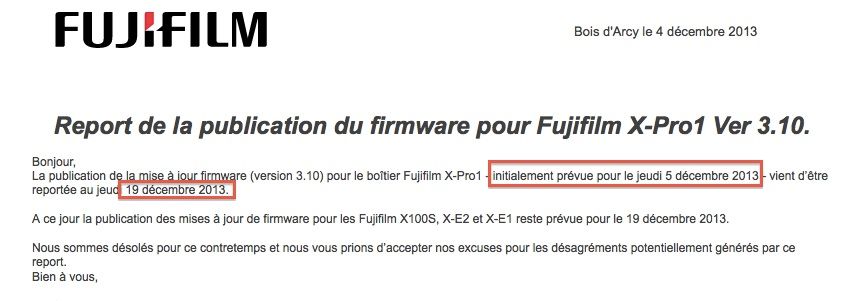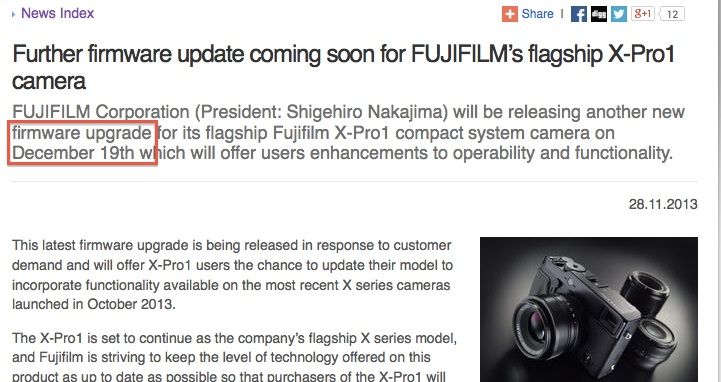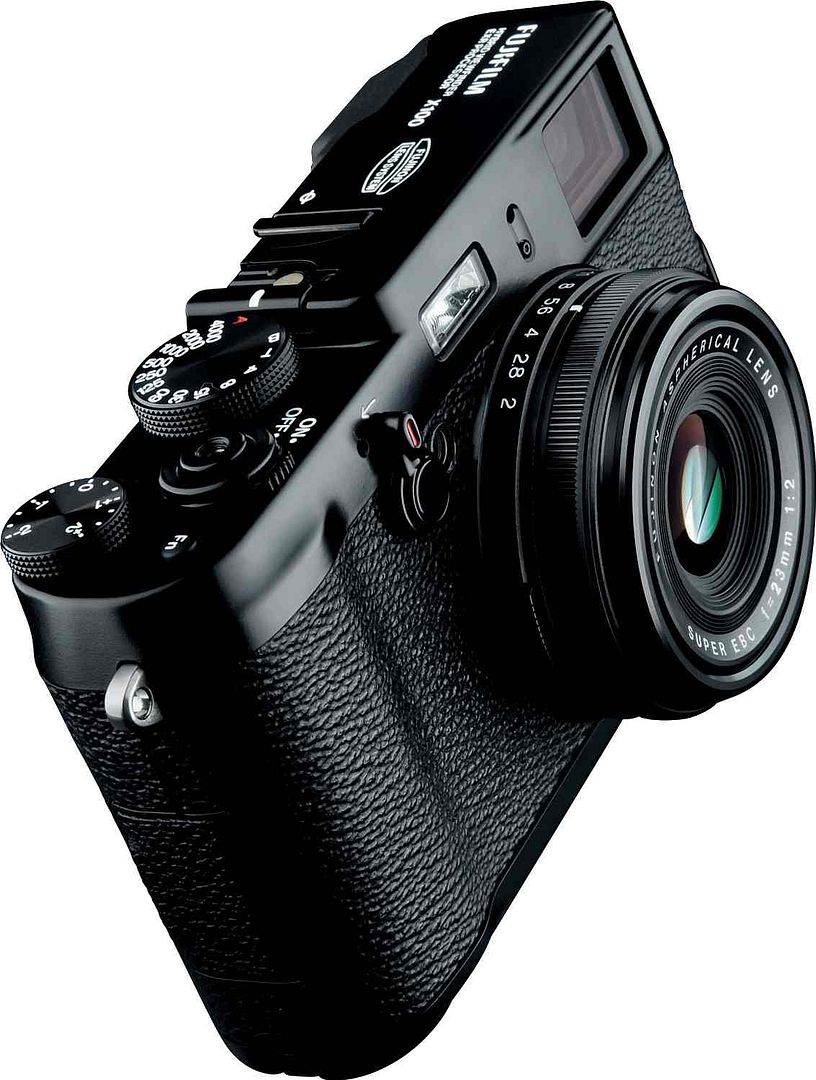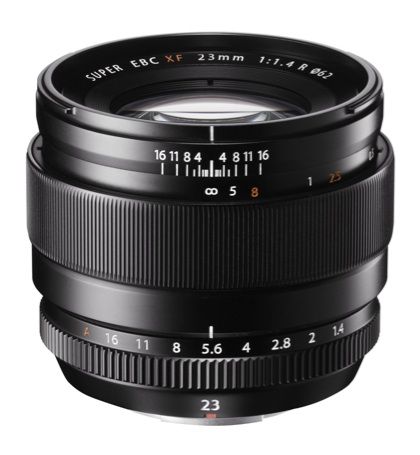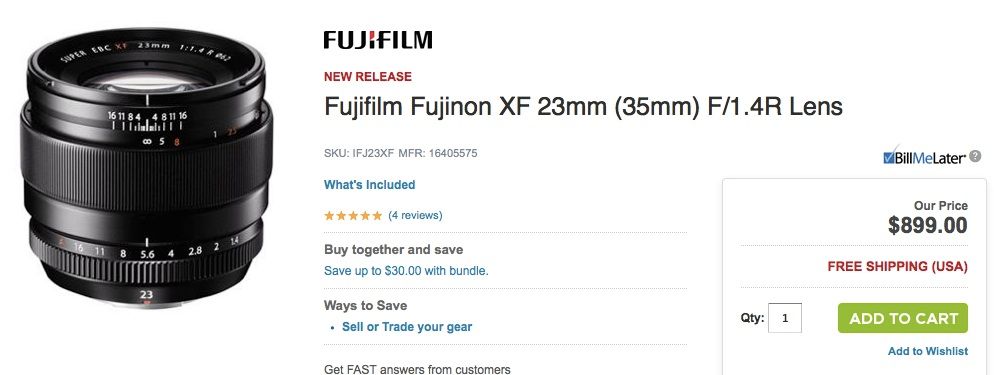Samyang 10mm f/2.8 announced!
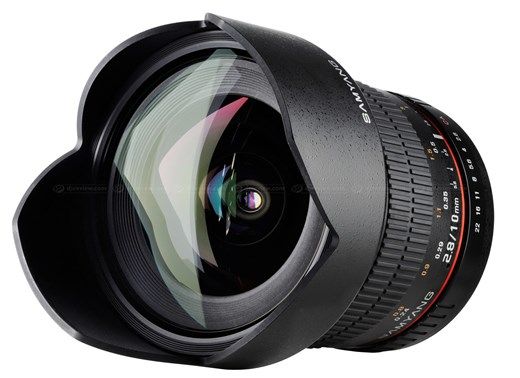
Finally, it’s here. Samyang officially announced the 10mm f/2.8! Some specs: Weight: 580 g (1.28 lb) – diameter: 86 mm (3.39″) – length: 77 mm (3.03″) – no AF – aperture ring – DOF scale.
It will be available from the end of January 2014. Suggested retail price of £429.99. More at Samyangs website here (with samples).
The company also said here that all their existing lenses will be available for X-mount in future. Up to now, here is Samyang’s offering for X-shooters:
Samyang 10mm f/2.8 (pre-order check): [shopcountry 19747] Samyang 8mm: [shopcountry 12946] Samyang 300mm mirror lens: [shopcountry 14844] Samyang 16mm f/2.0: [shopcountry 15934] Samyang 24mm f/3.5 Tilt Shift: [shopcountry 15963]
Press release
December 6th 2013 – New 10mm f/2.8 wide-angle lens for APS-C.
The new Samyang 10mm 1:2.8 ED AS NCS CS is an ideal tool for indoor, architecture and landscape photography. It provides an exceptionally wide field of view of up to 109.5 degrees and rectilinear image mapping function. Owing to a fast f/2.8 lens speed you can also use the lens in low light conditions as well as sports photography and photojournalism purposes. The product’s optics comprises 14 elements divided into 10 groups, this includes 2 aspherical AS lenses and one lens made of extra-low dispersion glass. During development works on the prototype version the lens was fitted with an embedded lens hood which ensures a more compact size and reduces its weight by approximately 160 grams*.
* – applicable to a version with Canon E mount
NCS (Nano Coating System)
The Samyang 10mm 1:2.8 ED AS NCS CS is the first Samyang Optics lens to feature a nano crystal anti-reflection coating system. This technology provides a lower reflection factor than (U)MC system as the coating is now applied more evenly on the surface of the lens. Benefits brought by the nano crystal layer include better light transmission, increased resistance to reflections and higher contrast, and all of this translates into supreme optical resolution of the lens.
The lens will be available from the end of January 2014.
The suggested retail price for the Nikon version is £469.99 inc VAT
All other fittings carry a suggested retail price of £429.99 inc VAT


